According to CBO's analysis, the tariff increases implemented between January 6 and May 13 will contribute to the budget not only through direct customs revenues, but also through lower interest expenditures thanks to reduced federal borrowing. The expected USD 2.8 trillion budget deficit reduction over the 10-year period will come from the sum of these effects.
However, the outlook for economic growth was not as positive. The report emphasized that the possible retaliatory steps of the US trade partners and the increasing uncertainty environment will slow down investments. It was noted that this would reduce the total volume of investment in the period 2025-2035 and reduce the size of the country's economy.
CBO predicts that the average annual growth rate will decline by 0.06 percentage points due to tariff changes. Real gross domestic product (GDP) is estimated to be 0.6% lower by 2035 compared to January estimates.
For consumers and businesses, tariffs will put pressure on purchasing power. Higher costs would temporarily push up inflation, with the average inflation rate expected to rise by 0.4 percentage points in 2025 and 2026, and the price index expected to be 0.9 percent higher by 2026. However, CBO also noted that this effect would not create significant inflationary pressure beyond 2026.
This analysis points to a difficult balancing act between fiscal balance targets and growth in the US economy.


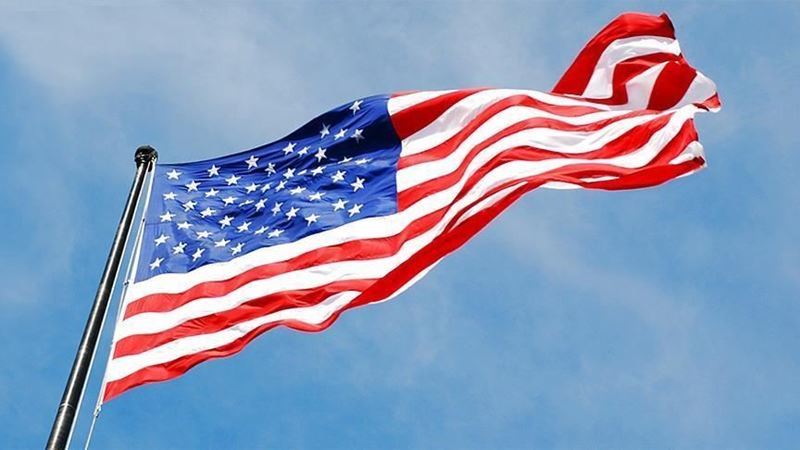
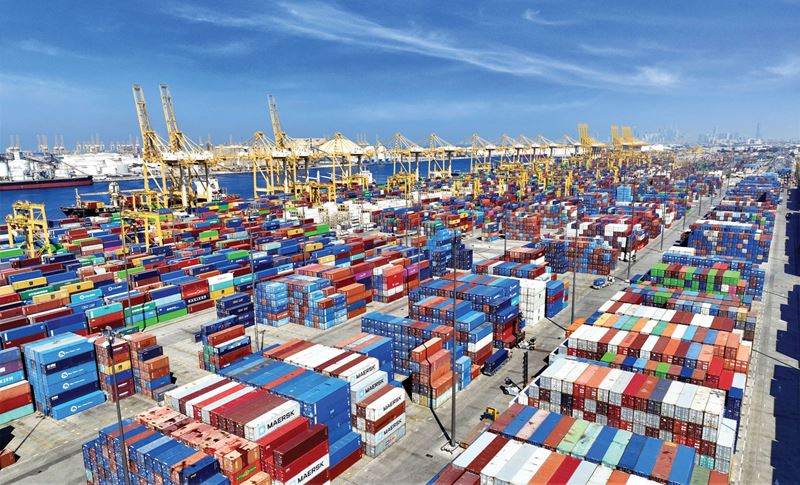
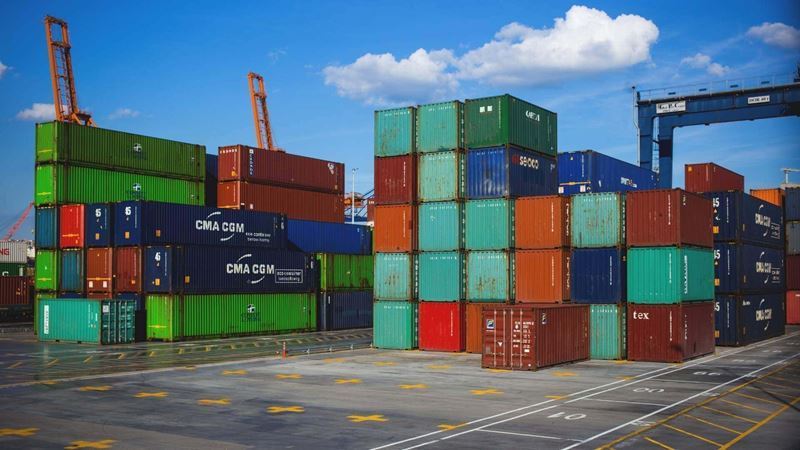
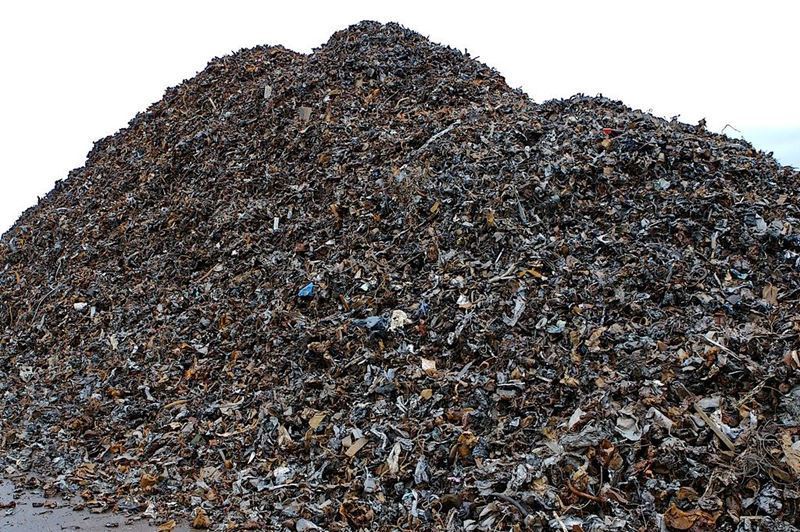
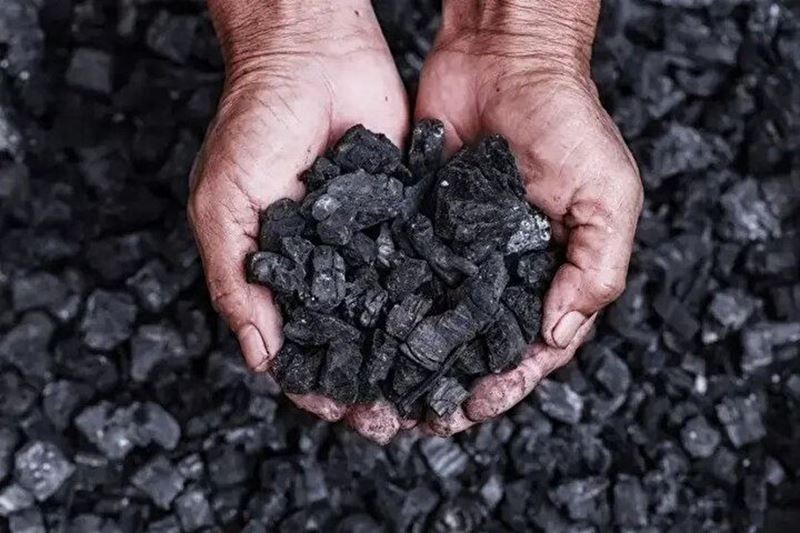
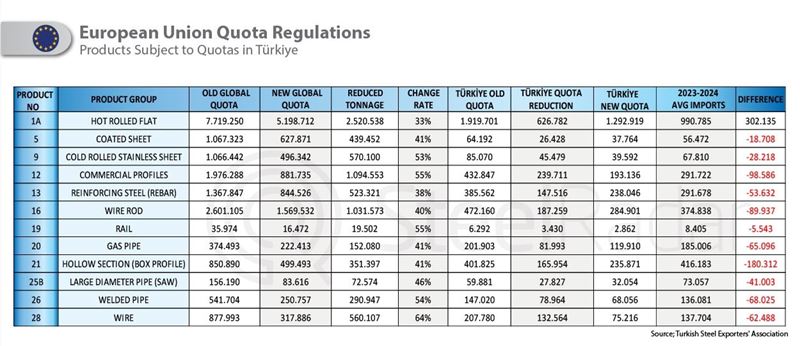

Comments
No comment yet.